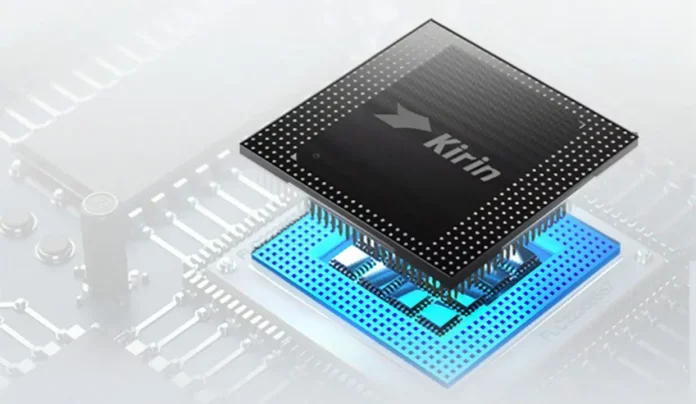This potential game-changer is said to be built on a 5nm manufacturing process, hinting at impressive performance capabilities. Additionally, whispers suggest the chip might be optimized to work seamlessly with Huawei’s HarmonyOS, further squeezing out efficiency and raw power.
However, excitement needs to be tempered with a dose of reality. Without official benchmarks and real-world testing, it’s impossible to say definitively if the Kirin SoC can truly dethrone the Snapdragon. Furthermore, ongoing supply chain constraints and Huawei’s limited access to certain technologies could pose challenges to mass production and distribution.
Despite these hurdles, the potential return of a competitive Kirin SoC is a breath of fresh air for the smartphone industry. Increased competition can only benefit consumers by driving innovation and offering more compelling choices.
Whether the new Kirin lives up to the hype remains to be seen. Until then, we should hold off on crowning it the champion and wait for concrete evidence to solidify its position in the mobile chipset landscape.

